
Table of Contents
- Identifying Compounding Blog Posts
- Characteristics of Compounding Content
- Advantages of Compounding Content
- Tips for Compounding Content Creation
Did you create the perfect blog post, choose the keywords that were likely to bring you traffic, use the right images, write excellent content, and do everything right? And then, did you start getting traffic to that blog post when you published it? Then, did this traffic fizzle over time, and the blog post cease to matter?
If you are wondering what happened, your post was not a compounding blog post, and this was its only sin.
Are you confused?
Let us explain in detail. Every blog has two kinds of blog posts: those that escalate consistent traffic over time and those that get some traffic when published but stop making an impact soon.
The former are compounding blog posts and are incredibly important for your blog. According to HubSpot, such content makes up about 10% of all blog posts and around 38% of the total traffic of your blog. Such is the impact of compounding blog posts.
This article offers a comprehensive view of blog posts. Read on.
Identifying Compounding Blog Posts
Identifying compounding blog posts is far from tricky. The best way to do that is to link your blog to an analytics service such as Google Analytics. When you do that, you can quickly start tracking traffic, audience data, sessions, etc., on your blog.
When you check the analysis of any of these services, you will see that most of the posts would have received some traffic when they were published. Then you will observe that their traffic declined drastically over time. The graph of such posts will be a decreasing curve.

Compounding content, however, will have an increasing curve on any graph. The traffic will be less initially because the post will take some time to rank. But later, there will be a steady traffic flow on the posts.
Non-compounding posts
There are some posts, however, that will rarely be compounding in nature. These posts constantly decay because of their stale content. These include posts based on current events, news pieces, highly niche blogs, etc.
This is also why news websites have to publish content constantly. Blogs on current events can only get you limited traffic, so news websites must rely on decaying posts for traffic.

Characteristics of Compounding Content
Some characteristics define compounding blogs, apart from the traffic analysis. Most of these posts have certain things in common. Let’s have a look.
- It is interrogative: Compounding content is very interrogative in nature. It asks many questions, which is why it contains words like “why,” “where,” “how,” “when,” etc. Often, these questions are long-tailed keywords, bringing immense blog traffic.

- It is on an evergreen topic: This content is typically written on a topic that will always be relevant. It is not based on current events or a news piece. It is mainly written to educate the audience, which is only achieved when the topic is related to something people will always have questions about.
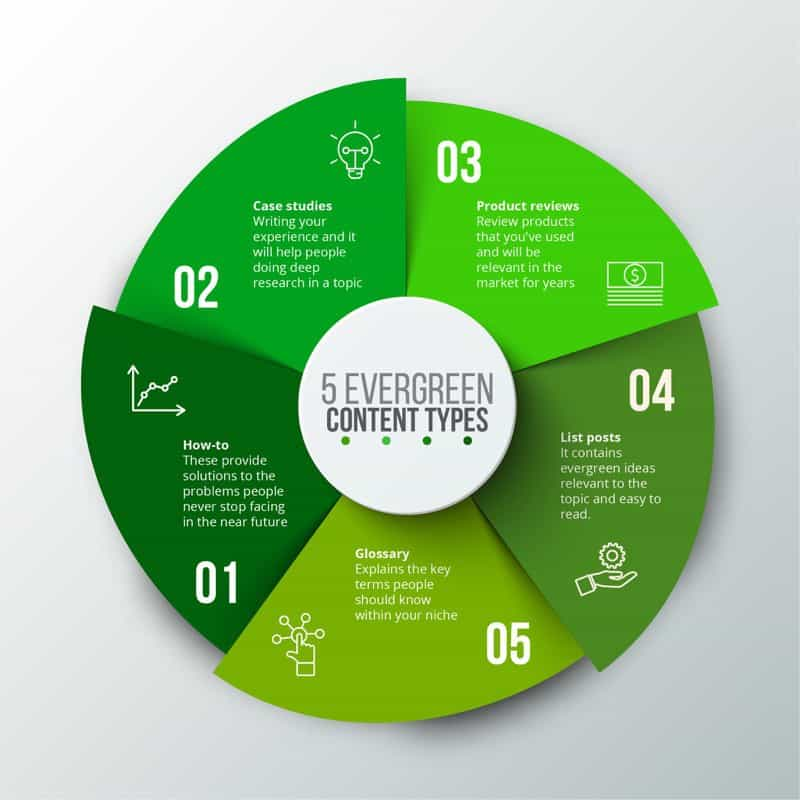
- It is SEO-friendly: Another great thing about compounding blogs is that they are SEO-friendly. They have a well-distributed network of primary and secondary keywords spread throughout the content. Keywords are also well-researched and have a delicate balance of search volume and keyword difficulty.
- It has digestible content: This means the audience finds it very easy to consume. In this content, headings and subheadings are appropriately used, the title is clear and concise, and there are bullet points, visual elements, tables, etc., to make the content as interesting as possible. All these factors help in user retention and traffic maximization.

- It uses visual elements: This type of content is quite visually appealing. In a world where visual content such as videos is being increasingly preferred, it can be tough to garner user attention through text. This is why compounding blogs often have a lot of visual content; otherwise, getting consistent traffic is impossible.
Advantages of Compounding Content
Writing a compounding blog has many advantages, and we encourage readers to start creating such content from scratch. This content will also help you earn well if you choose to monetize your blog. The more traffic you get, the higher the chances of paid promotions and ad impressions on your website or blog.
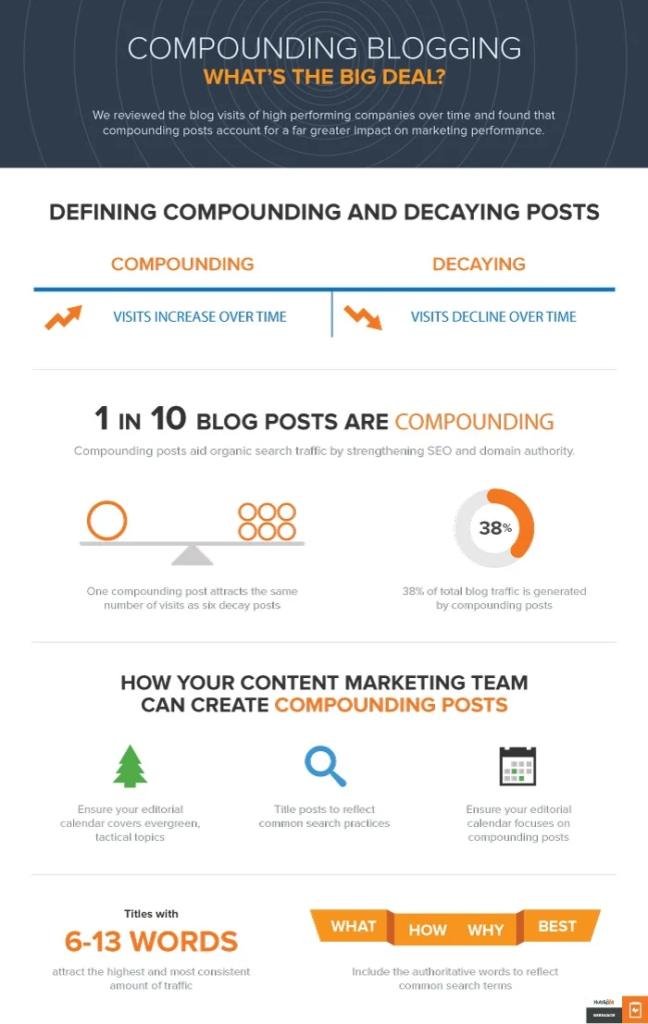
Here are more such advantages:
- It will make your blog popular.
If you write a compounding blog, your blog will start to gain a certain level of popularity. If you have a series of such posts that somehow tie to one another through a common parent theme, you might just become the expert in that topic or subject.
Even if you are not a certified expert, your blog posts might just deem you one in that community. This is how significant the impact of such blog posts is.
- Be assured of perennial traffic.
There is a possibility that at some point in time, you may become bored with writing. You face writer’s block, and the inspiration does not come to you. Perhaps you are even willing to take a break in your life, or a new job keeps you too busy.

Many such things can make you intentionally or unintentionally take a break from blogging. In those moments, these blog posts prove incredibly vital as they continue to bring traffic to your blog. Your blog continues to stay relevant, and you can make a comeback whenever you are ready to write again.
- A boon for the minimalist
Compounding posts are perhaps what every minimalist blogger or website owner wants. Achieving the maximum possible results with the least number of posts sounds like a win-win. If your blog only focuses on compounding posts, you can spend perhaps an entire week writing a blog, and even then, you might receive better results than someone who posts almost every other day.
Another possibility is that you are not a writer yourself but just own the blog. You then have to pay other writers to create content for you. Imagine if you only focused on compounding posts. You will gain a lot more than if you have to pay for every new post.
Tips for Compounding Content Creation
Now that we have addressed some central aspects of compounding blogs, such as their characteristics and advantages, let’s look at some tips that will help create them from scratch.
- Tip 1: Find the right topic and keywords
The most important thing to do for a successful compounding post is to find the right topic and keyword(s). This is possible when you understand the relevant industry well.
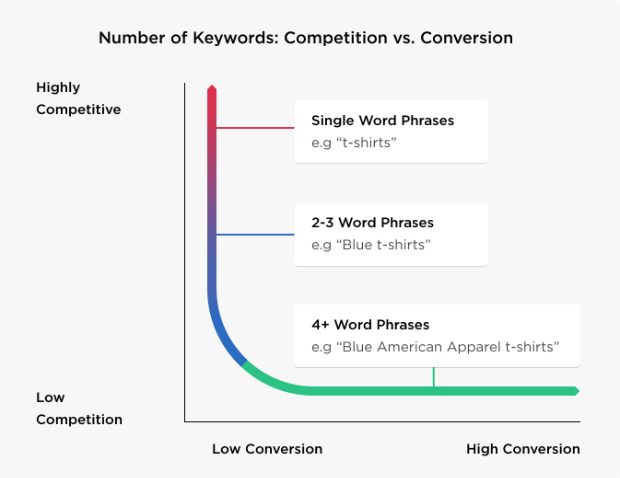
If you are relying on competitor trends, for example, to figure out precisely what you should be writing on, first do a thorough SEO analysis of their posts. This will help you find the correct primary and secondary keywords to target.
Additionally, keep a tab on any news piece related to your niche. Even though newsjacking will not give you compounding results, sometimes interesting topics can emanate from them.
- Tip 2: Choose a strong title
A title is probably the most important and underrated aspect of any blog post. It is the first thing that users notice, meaning that enough attention should go into its creation. It should not be more than 12-14 words and not less than 6-8 words.
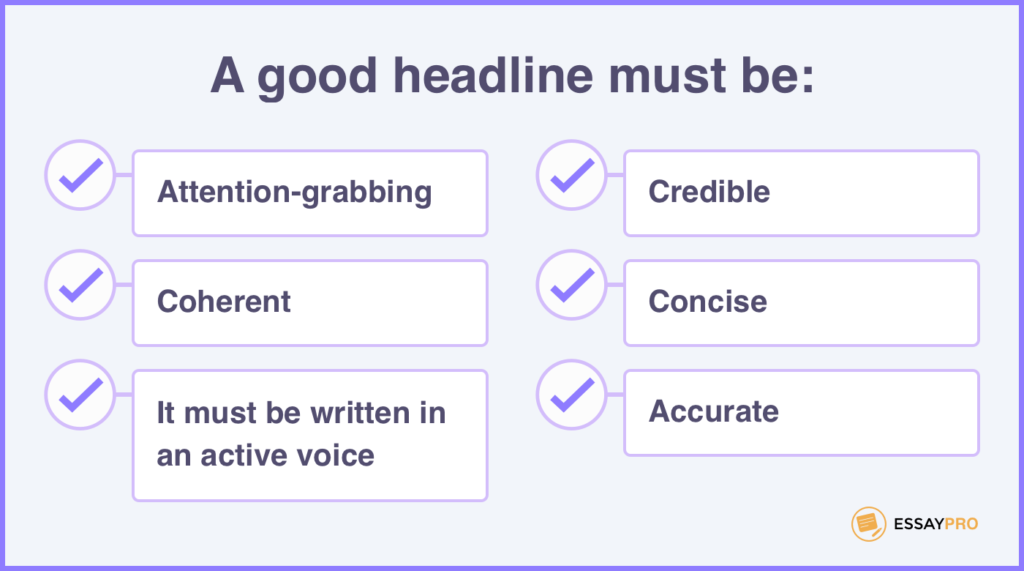
Try incorporating a long-tailed keyword in your title will help it get the extra traffic. An additional tip is for the title to be a question, as Internet users generally tend to ask queries in the form of questions.
- Tip 3: Add visual elements
Visual elements are crucial when it comes to compounding blog posts. And there are so many different visual formats to benefit from if you just wish to go the extra mile. We suggest embedding relevant infographics and images wherever possible in your blog.

If you are comparing something, try to create a table instead of putting it textually. Use charts and graphs wherever possible to represent any data you wish to include.
If you are adding your videos, that’s good. But if you are adding someone else’s videos, there’s a possibility that the user will exit your blog and watch the video instead. Finding a balance is significant in that case.
- Tip 4: Include frequently asked questions
Another great tip for compounding blogs is to add a list of frequently asked questions (FAQs) at the end of the article. Using the FAQ scheme on your blog will give your blog post an added advantage. This will improve search results and help users find your blogs easily on search engines. These FAQs should be well researched and must contain keywords in them.
- Tip 5: Try to do a listicle
Buzzfeed lists might seem a little pointless at times, but they regularly give the organization the traffic they want. Lists form a great way to do compounding posts, and finding keywords for them is also easy.
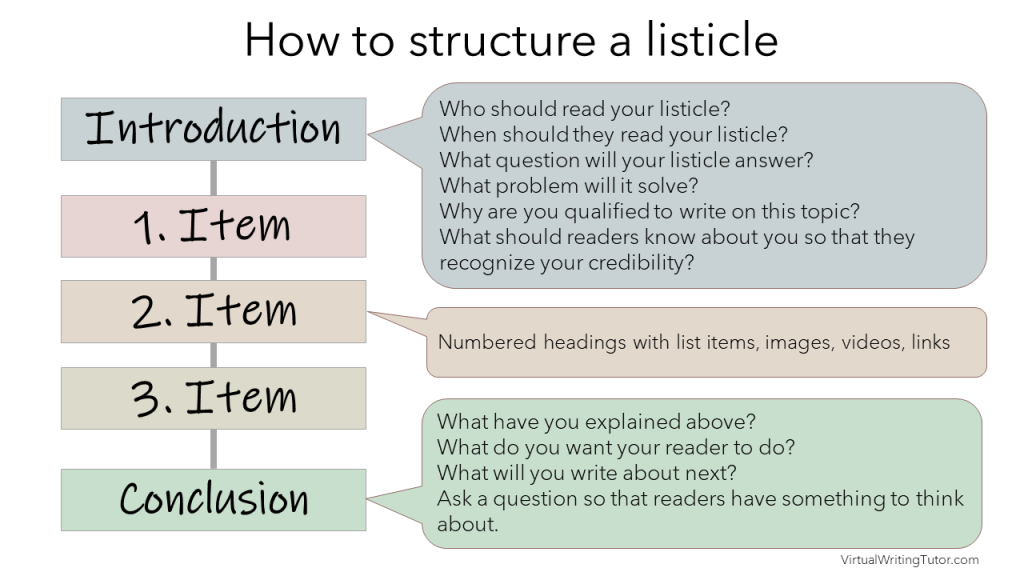
Listicles are easy to update, so they do not require much research, hence are time-saving. If you are short on time and have to write a compounding post, try out a listicle that can get you evergreen results.
- Tip 6: Always update your compounding blogs
The last and the most important tip is regularly updating your compounding blogs. Apart from a consistent writing schedule, you must also build a consistent revamping schedule. This will help you repair broken links in your post, update visual elements, revise content, and add new and relevant content.
To Summarize
Compounding blog posts are essential for your blog. Investing time, resources, and money in them will help you gain traffic and money. And don’t forget to link analytics to your blog to measure the impact. Implement the tips discussed and create a compounding blog post successfully.
Key Takeaways
- Every blog has posts that escalate consistent traffic over time and are called compounding blog posts.
- Compounding blogs are critical as they provide your blog with a steady stream of traffic and keep it relevant.
- Newsjacking articles and niche blogs are hard to convert into compounding posts as their relevance fizzles out with time.
- It is important to add visual elements, update your blog posts, add FAQs, and the right keywords for your blog to have compounding posts.
- Compounding posts are SEO-friendly and have digestible content.

FAQs
Compounding blogs are those that have escalated traffic over time. Website traffic to these blogs seldom dies.
Compounding content will have an increasing curve on any graph when analyzed. The traffic will be less initially because the post will take some time to rank. But later there will be a steady flow of traffic on the posts.
They are SEO-friendly, interrogative, have digestible content, have visual elements, and are mostly written on evergreen topics.
Find the right topic and the right keywords, choose a strong title, add visual elements, including frequently asked questions, try to do a listicle, and always update your compounding blogs.
Compounding content makes your blog popular, makes you a well-known expert in your niche, reduces cost, and is time-conserving.
Latest Blogs
Learn how to rank on AI search engines like ChatGPT, Perplexity, and Gemini by optimizing your content for authority, structure, and relevance. Stay ahead in AI-driven search with this strategic guide.
Explore the best healthcare SEO services for your medical practice. Improve online visibility and effectively reach more patients in need of your services.
Discover top social media agencies specializing in banking solutions, enhancing financial services and driving engagement.
Get your hands on the latest news!
Similar Posts

Artificial Intelligence
5 mins read
Top AI Blog Writing Tools for Website Monetization

Blogging
10 mins read
How to Start a Successful Food Blog in 2022

Blogging
4 mins read